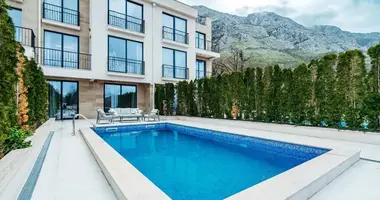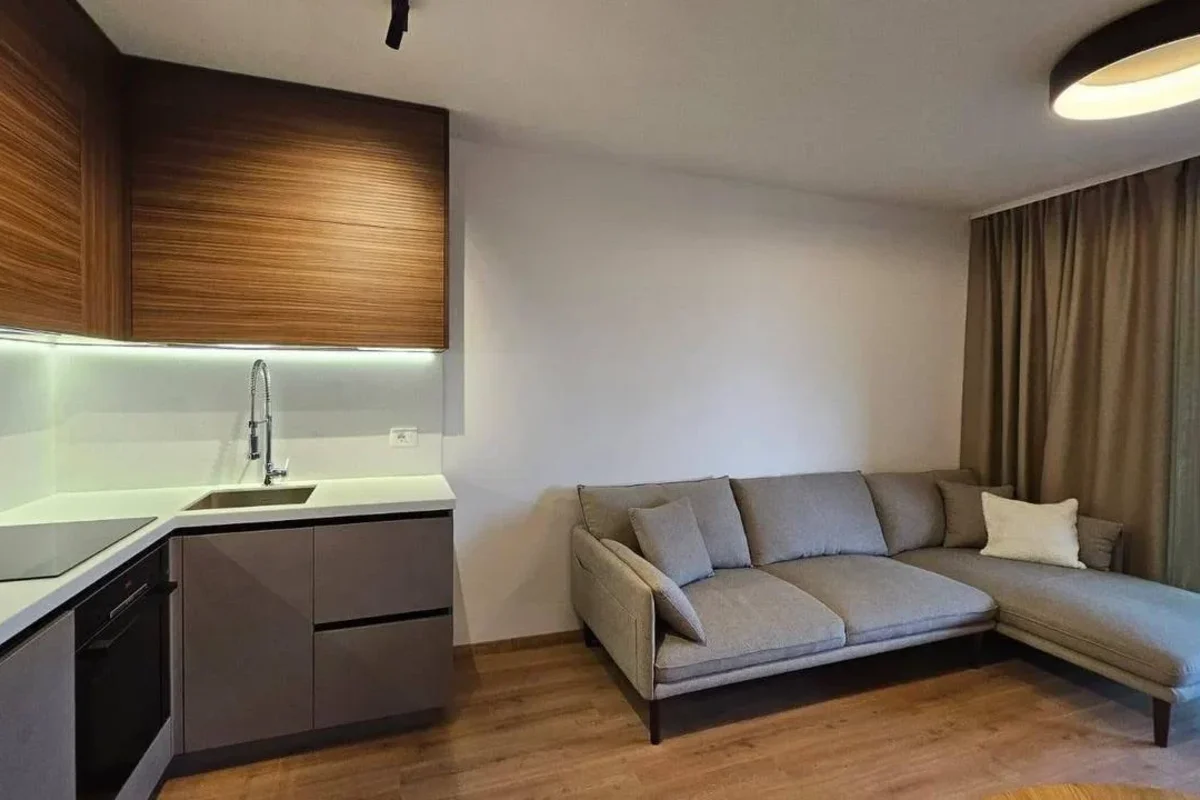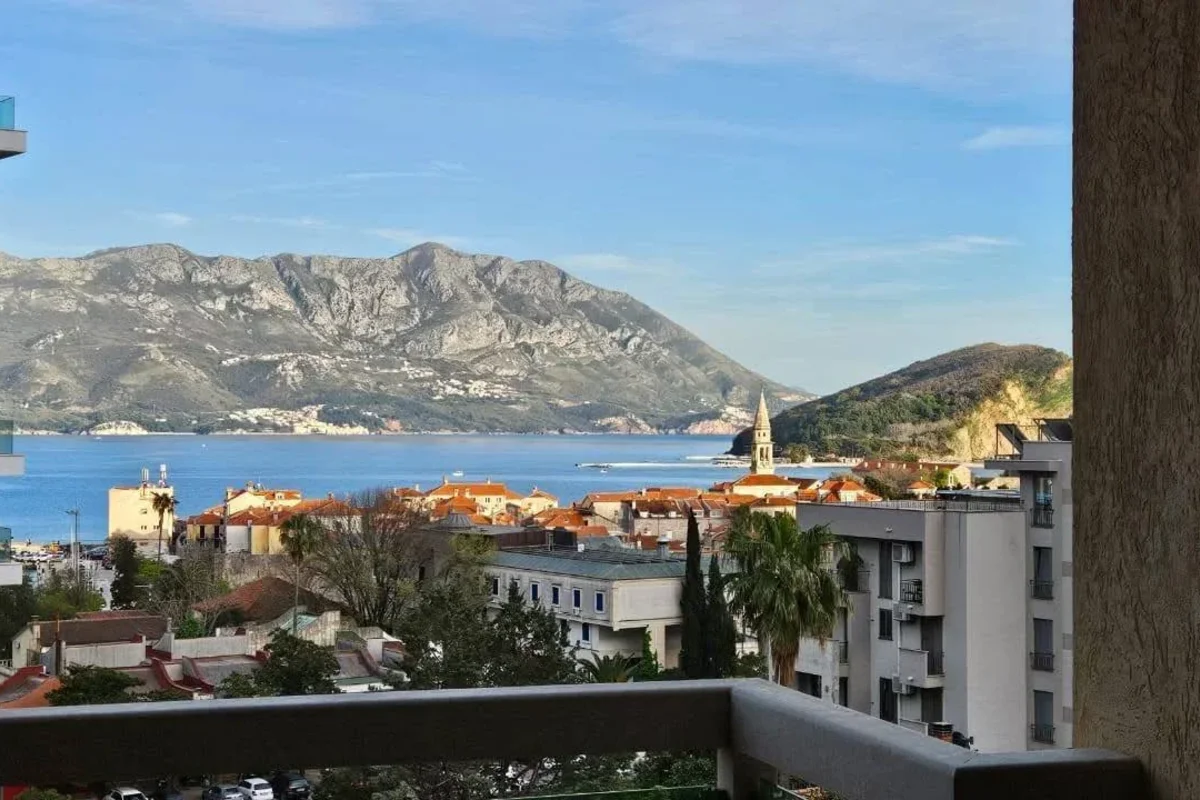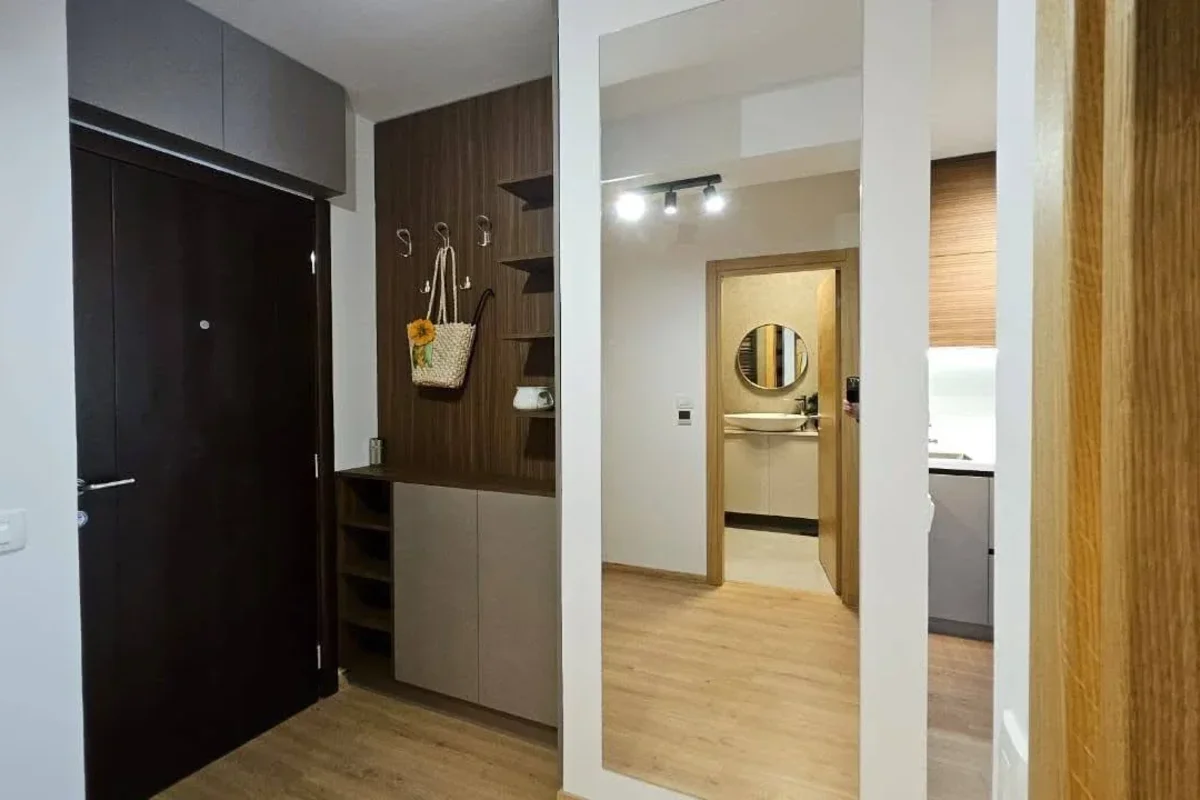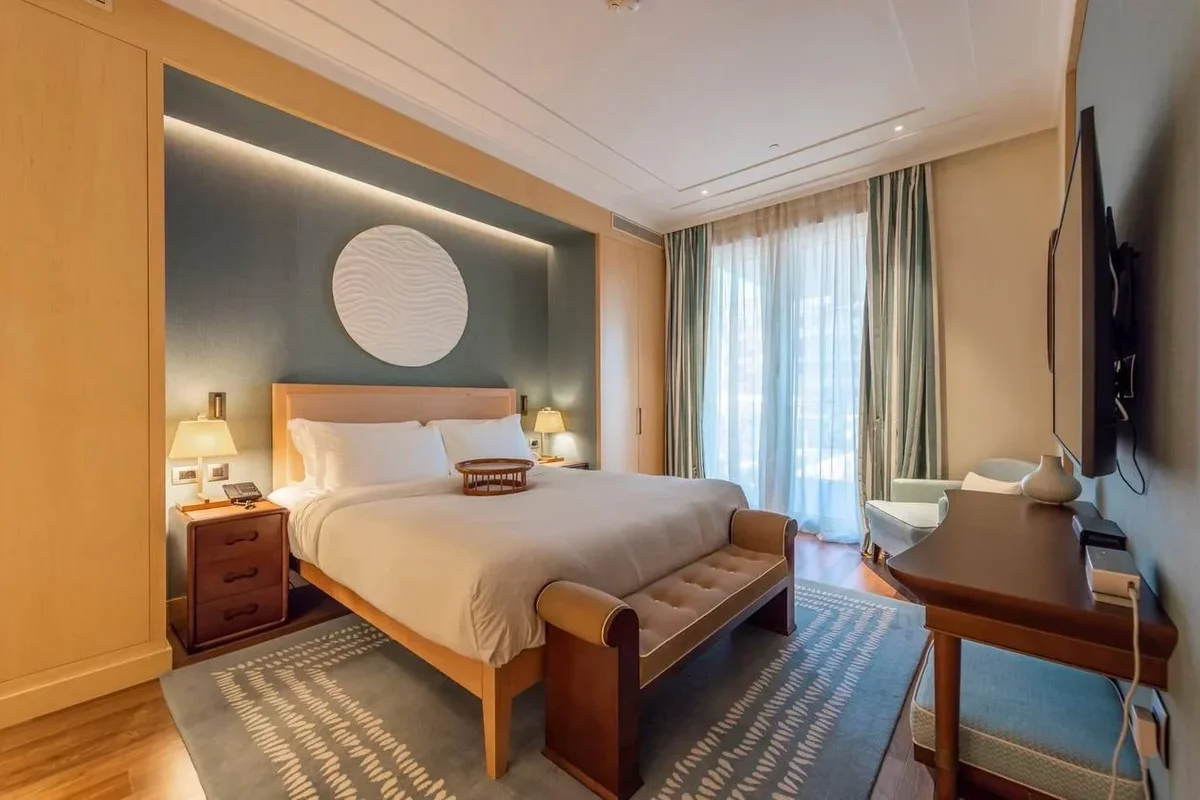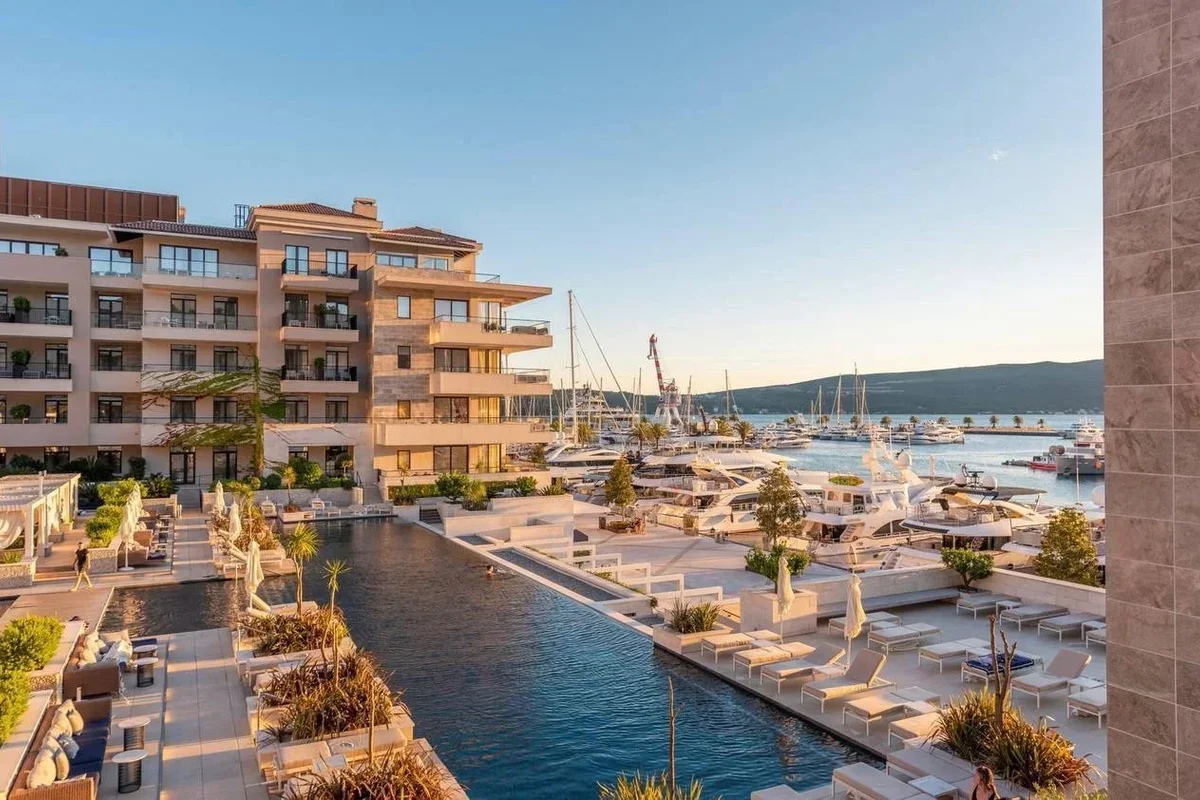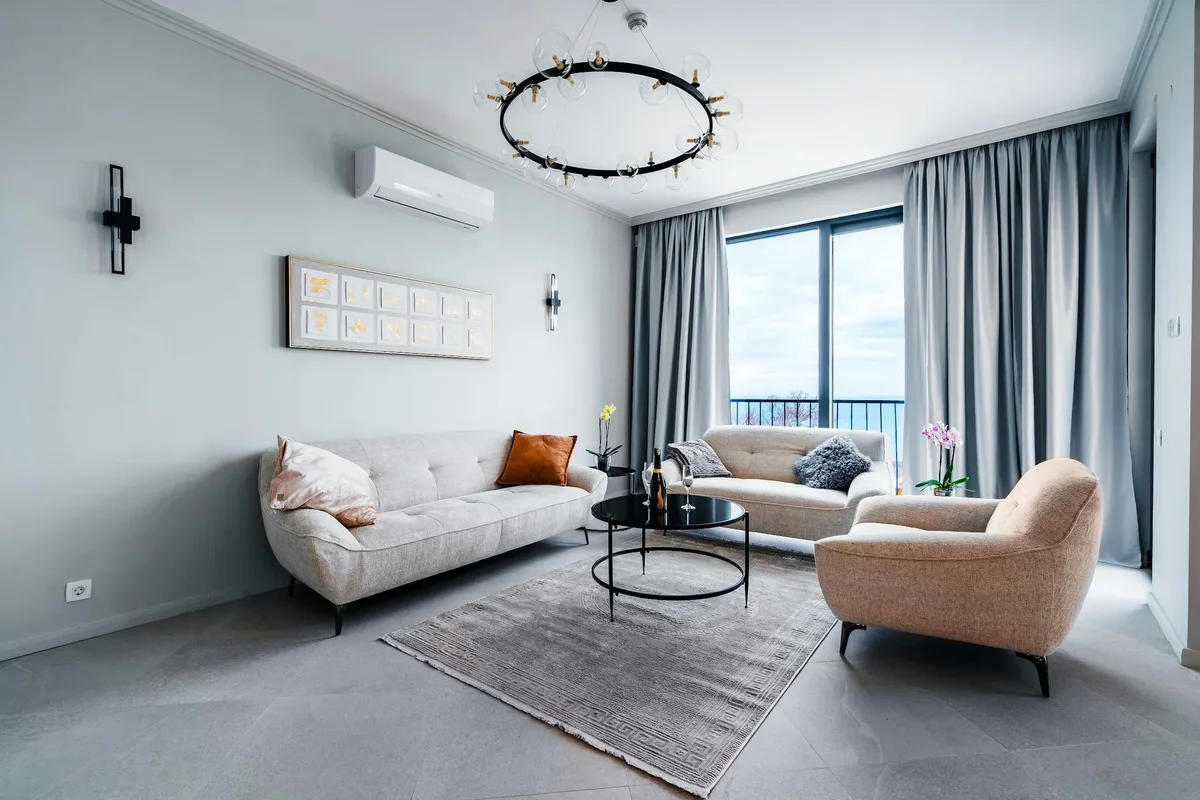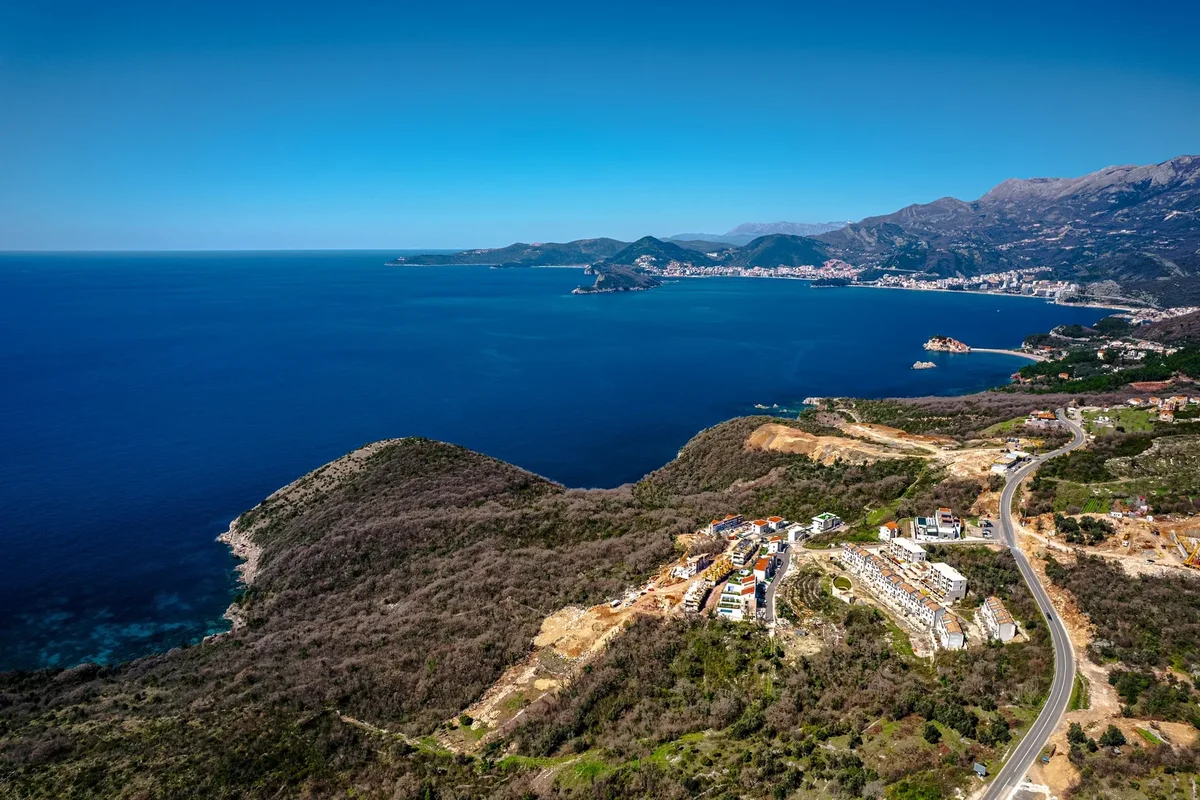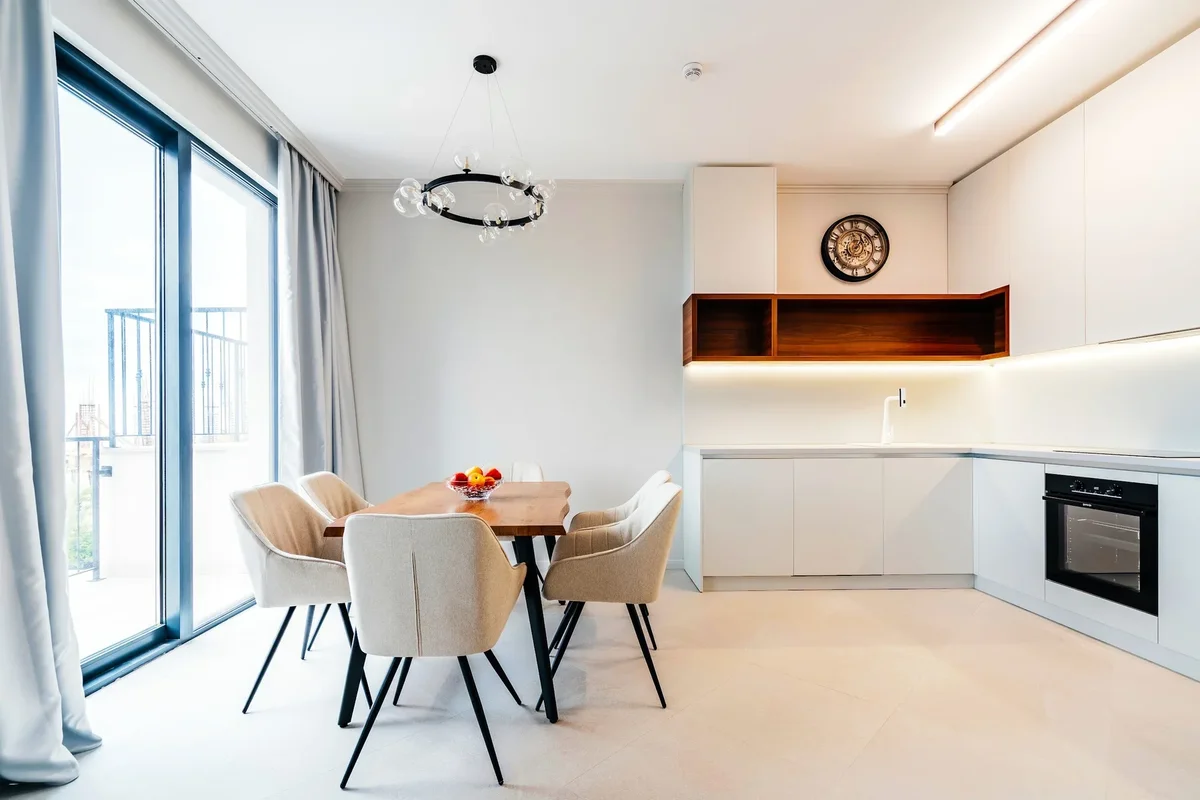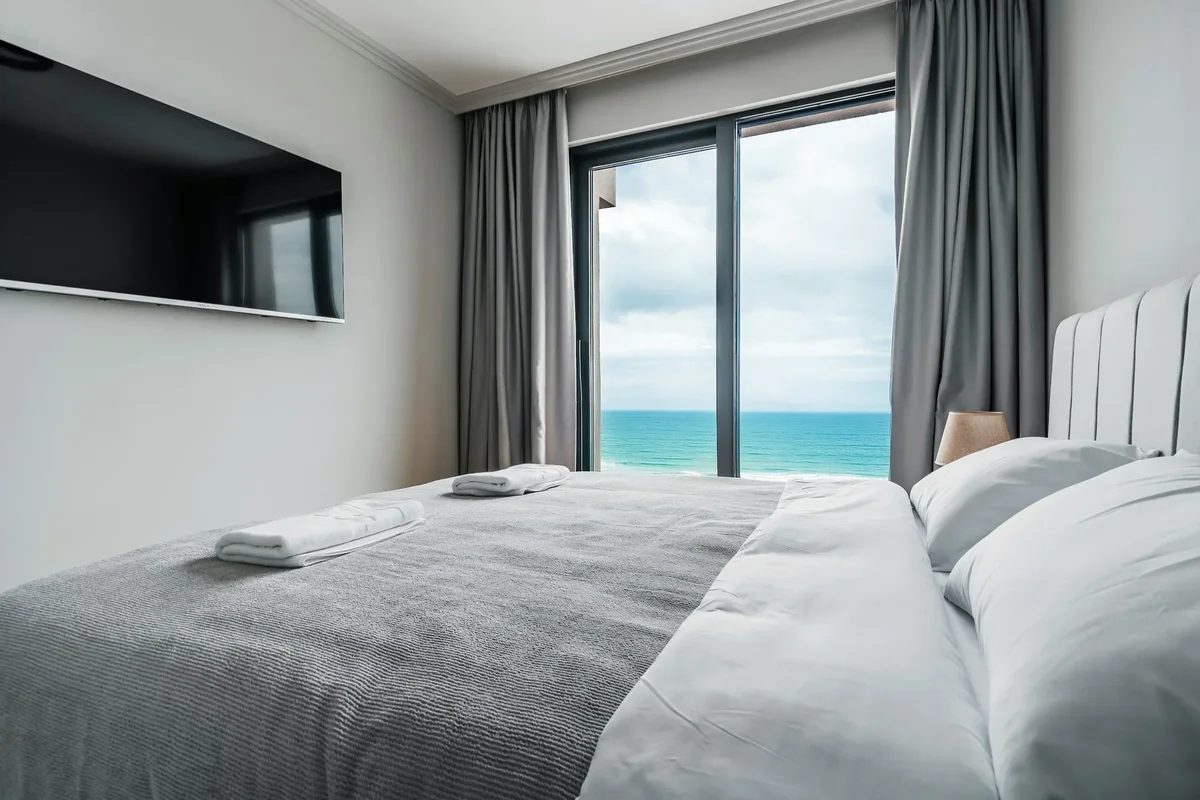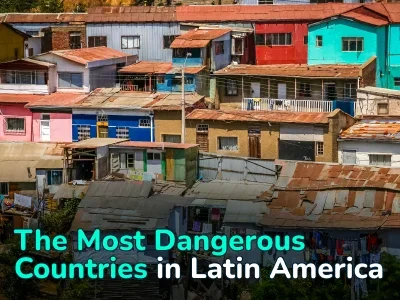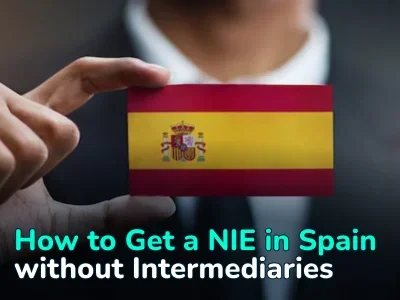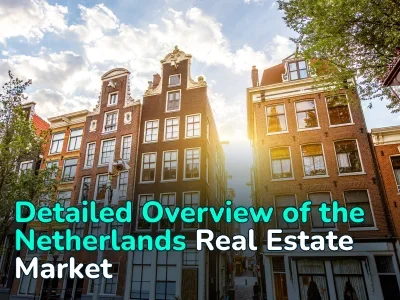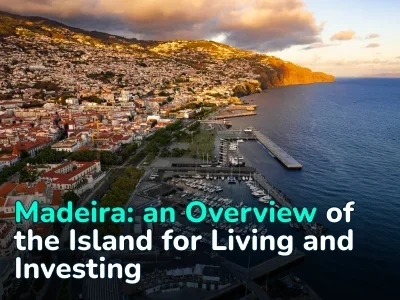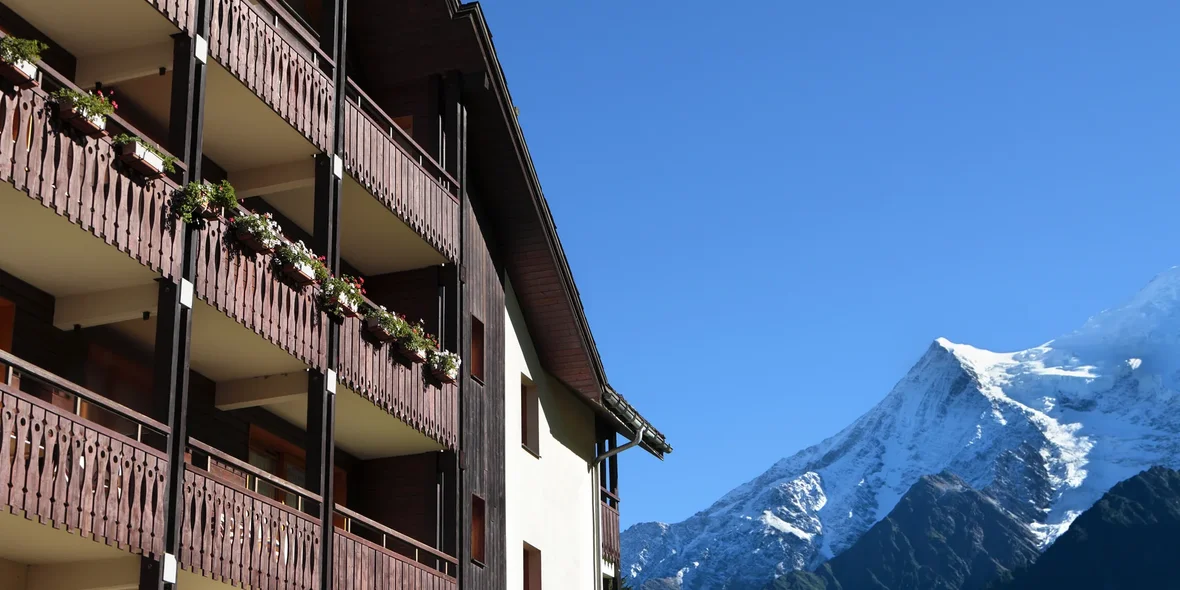
How Much Does a Short-term Rental in Montenegro Bring? We Calculate Profits on Real Objects
Montenegro continues to ramp up its tourism sector: in August 2025, the country set a new record with 244,904 tourists — a 2.9% increase year-over-year. Over 92% of guests choose coastal resorts, creating steady demand for short-term rentals. We explore the state of Montenegro’s short-term rental market, the types of properties available, and how much income they can generate.
Hard Numbers
According to PriceLabs, around 24,100 short-term rental properties are actively operating in the country. The average daily rate is $84, with average occupancy reaching 32%. In the most popular locations, these figures are significantly higher.
Kotor leads in financial performance — average annual short-term rental income here is $22,000 with 61% occupancy and a $101 daily rate. Budva, the largest tourist hub with 2,597 active listings, shows 57–58% occupancy and an average annual income of $14,000–16,500. Tivat, despite its premium positioning, has more modest year-round figures — 28% occupancy, though it rises to 45% in summer.
The Main Factor Driving Yield
Short-term rentals in Montenegro are all about seasonality. From June to September, coastal properties generate 60–70% of annual income. In August, top properties in Budva bring in €2,000+ per month, but from November to March, income drops to €490. This contrast forces owners to adopt alternative strategies: some switch to long-term rentals off-season, others target digital nomads.
Interestingly, northern mountain resorts are increasingly attracting summer tourists seeking cooler weather and nature rather than crowded beaches. This expands opportunities for maneuvering in the business.
Yield and Taxes: Calculating Real Profit
Average annual short-term rental yield in Montenegro ranges from 3.5% to 12.3%, depending on location and property type. According to management companies, a realistic net annual return is 3.5–6.5%. Properties on the first or second line from the sea can yield 10–12% annually.
The tax system is relatively lenient. For short-term rentals, owners pay 15% income tax, but only on 70% of revenue — the remaining 30% is considered expenses and not declared. Thus, the effective tax burden is 10.5% of gross income.
Additionally, owners pay a tourist tax (tourist tax) — about €300 per year for coastal properties. Legal rental requires property categorization, costing €50—150.
Non-compliance with taxes or operating without categorization carries severe penalties. For individuals, fines range from 2 to 20 minimum wages. With Montenegro’s minimum wage at €670 (as of June 2025), this means fines from €1,340 to €13,400. For legal entities, fines are higher, 20 to 200 minimum wages.
Management Companies: Delegate and Earn
If you don’t live in Montenegro full-time, a management company is essential. Standard commission is 20–30% of income, charged only on successful bookings. The package typically includes listing on Airbnb and Booking.com, guest check-in, cleaning, bill payments, and tourist tax registration.
Top management companies in Montenegro:
- Home In Montenegro (35% occupancy, average income $6,118 per listing),
- Adriagate Travel Agency (32% occupancy),
- Blue Coast Travel (63% occupancy).
Prestigious complexes like Porto Montenegro offer in-house programs: for example, under the Regent Rental Pool Programme, revenue split is 60/40 in the owner’s favor.
Hot Locations: Where to Buy for Maximum Returns
Budva remains the undisputed leader in tourist volume and rental listings. Gross yield for studios: 5.4–6.75%; for two-bedroom apartments: 5.46%. Purchase prices start at €100,000 for a studio, with summer rentals generating €1,200—1,500 monthly.
Kotor attracts with its UNESCO status and cruise liners, creating daily demand spikes. Gross yield: 4.3–5.49%; average monthly rent: €1,025. Properties here are especially valuable due to their protected status and limited supply.
Tivat positions itself as a premium destination thanks to Porto Montenegro. Yield: 4.44–4.81%, but with a high-paying audience. Average monthly rent: €1,025—2,500.
Podgorica — the capital and long-term rental hub — is not ideal for short-term. Only 2.4% of tourists stay overnight. However, business and transit demand remain stable.
Sveti Stefan and Blizikuće — elite segment with villas and premium townhouses. Proximity to the iconic island-hotel attracts affluent guests willing to pay €550—639 per night.
Examples of Short-Term Rental Properties in Montenegro
5 Real Properties on the Market — How Much Can They Earn?
Let’s examine specific market listings and calculate approximate owner profits based on rental rates.
Two-Bedroom Sea-View Apartment in Budva
Location: Gospoština, Budva. New building, mid-floor with elevator and direct sea views. Sleeps up to 5: two bedrooms (one with orthopedic queen bed, one with sofa bed), living room, fully equipped kitchen with dishwasher and microwave.
5-minute walk to the sea and Old Town, yet quiet at night. Rates: May — €95/day; June — €150/day. With 57% average occupancy and 4–5 peak months, gross annual income: €12,000—15,000.
Studio in Porto Montenegro
Location: Tivat, Porto Montenegro, Regent 5* Hotel.
40 m² studio with balcony and mountain views on the second floor of the new Baia building. Owners get free access to all Regent 5* facilities: pools, spa, restaurants, concierge. Fully furnished with hotel-standard furniture and appliances: queen bed, lounge area, workspace, spacious bathroom with tub and shower, mini-kitchen with oven and hob. Rate: €350/day. With premium positioning and competition in Porto Montenegro (28% annual occupancy, up to 45% in summer), gross annual income: €25,000—30,000 — yielding ~4.5—5% at a purchase price of €200,000+.
One-Bedroom Apartment in Budva
Area: 45 m². Includes hallway, kitchen-living room, bedroom, bathroom, and terrace. Sea and mountain views. Fully equipped with an oven and dishwasher. Minimum stay: 7 days; rate: €70/day.
Typical mid-range property for couples or small groups. With 60% seasonal occupancy (120 days) at €70/day: €8,400. Add 40–50 shoulder-season days at €50/day: +€2,000—2,500. Total active-period gross: €10,400—10,900. Purchase price: €120,000—150,000 → gross yield: 7–9%.
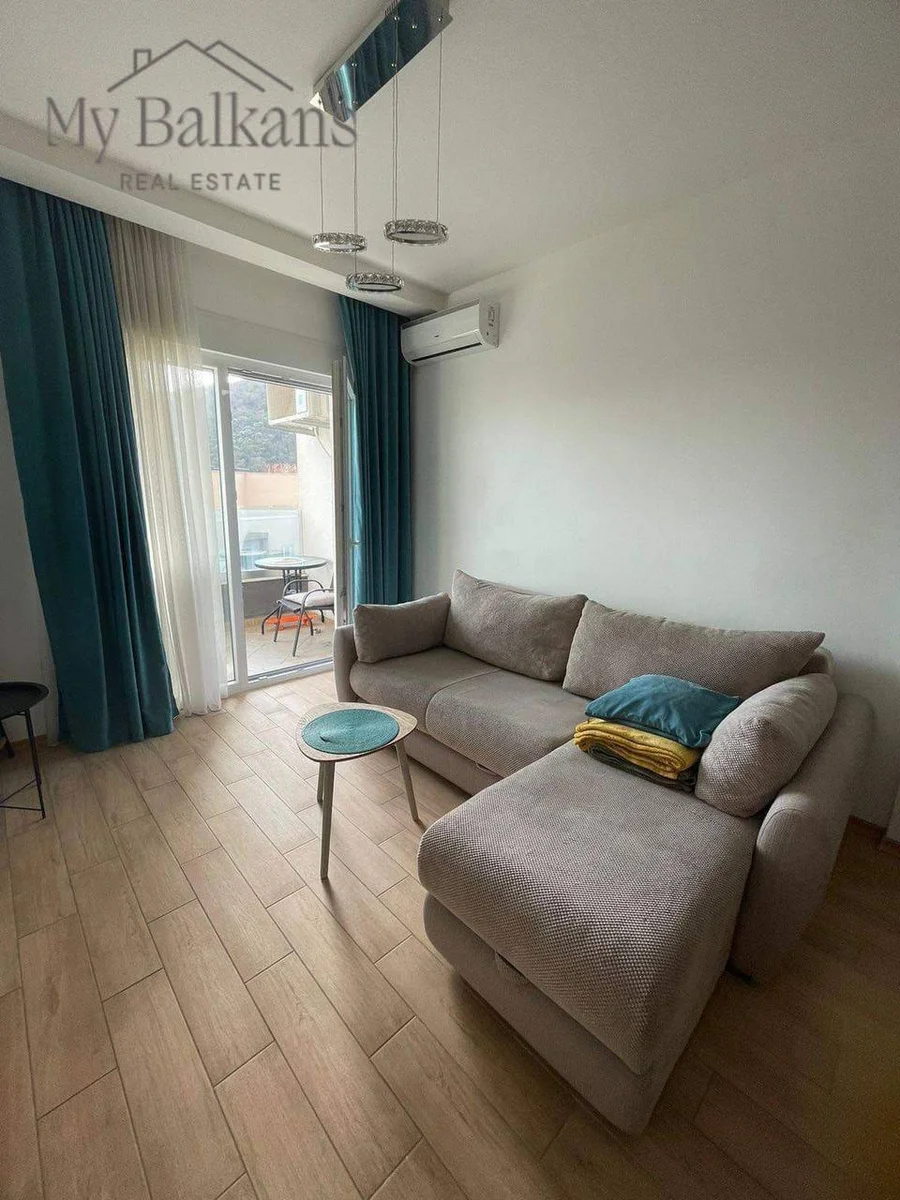
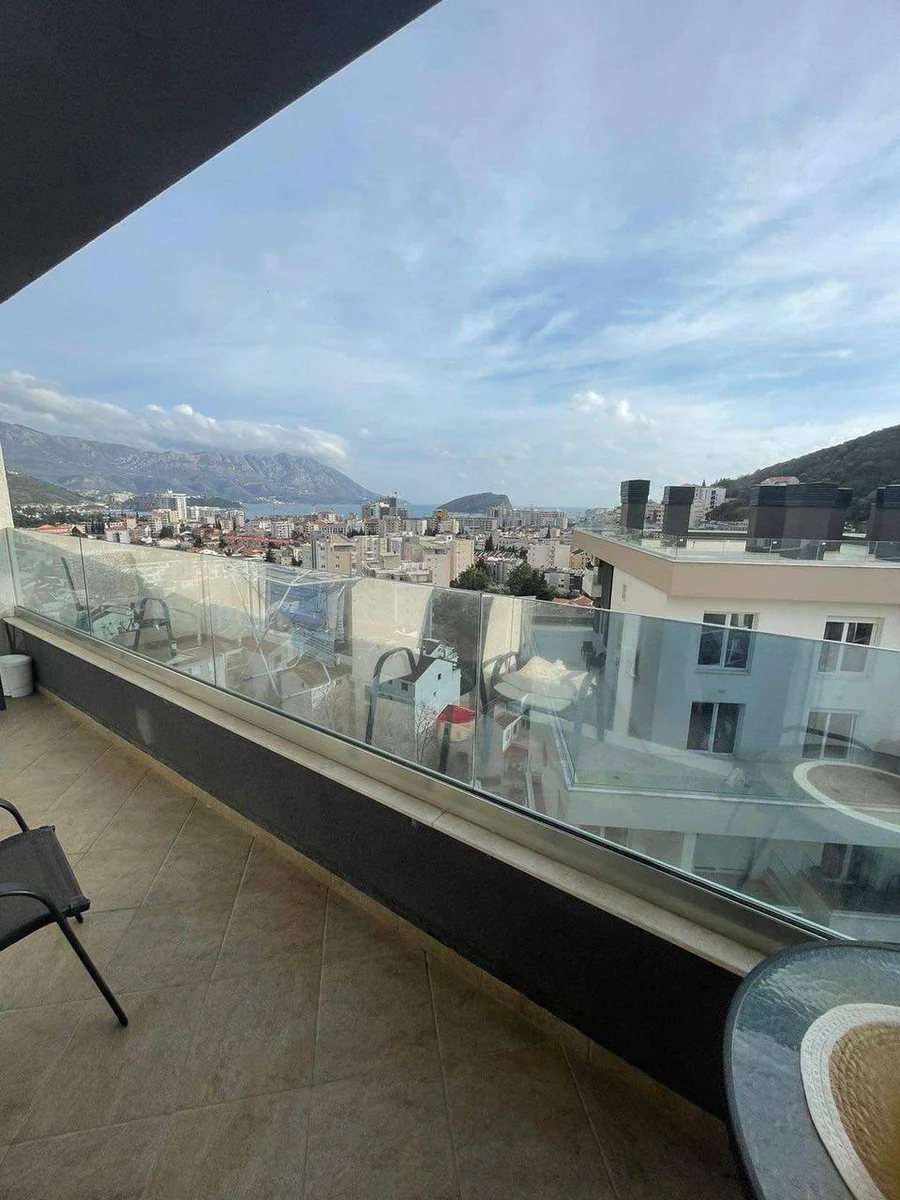
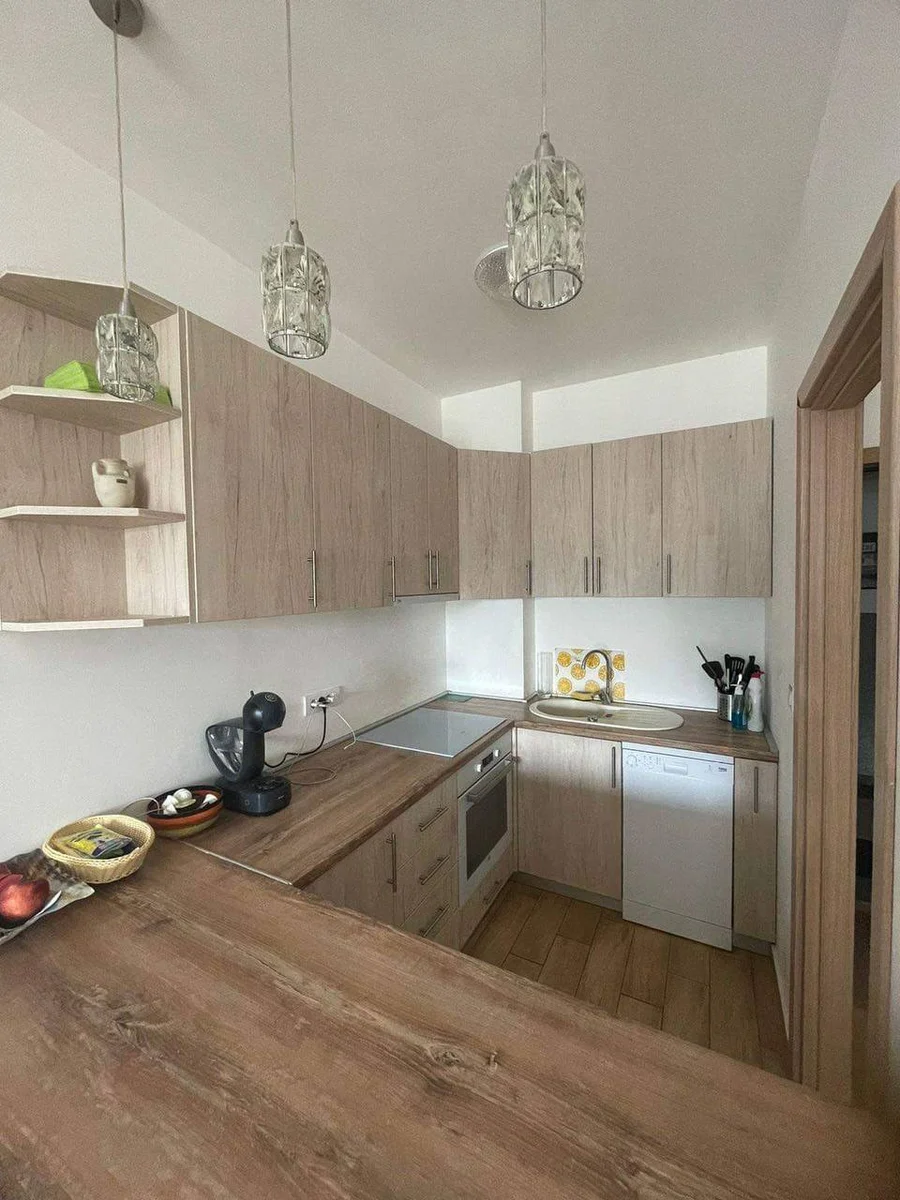
Townhouse with Pool in Blizikuće
Area: ~200 m²; plot ~200 m²; three floors. Four bedrooms, four bathrooms, two kitchens, two living rooms. Panoramic glazing with sea views, premium appliances and furniture, multi-split AC, pool, and two-car garage.
Daily rate: €550; annual: €3,750/month + utilities. Renting 60–70 summer days at €550: €33,000—38,500. Add 7 months long-term (€3,750 × 7 = €26,250): gross annual €59,000—65,000. At a cost of €800,000—1,200,000, gross yield: 5–8%.
Potential Pitfalls
Short-term rental in Montenegro is not «set-it-and-forget-it» passive income. High seasonality means properties may sit vacant off-season unless switched to long-term. Management companies take 20–30% but are essential for remote owners.
Legalization is mandatory: obtain property categorization, register every guest, pay tourist tax (€1—2/person/day). Non-compliance fines can reach tens of thousands of euros.
Competition is rising. Budva has 2,597 active listings, Kotor 292 — established areas show saturation. Success demands professionalism: quality photos, smart pricing, and fast guest communication.
Who This Market Suits
Short-term rental in Montenegro suits those ready to actively manage the asset or delegate to a management company for a fee. The optimal strategy: short-term in summer, long-term in winter — maximizing seasonal income while ensuring off-season stability.
Investments make sense over a 5+ year horizon, factoring in property appreciation. The market shows volatility: coastal prices rose a record 20.8% in 2024, with 10.2% YoY growth in Q3 2025. Experts forecast long-term stabilization at 3–7% annual growth. Even conservatively, combining 5–8% rental yield with 3–7% appreciation delivers total investment returns of 8–15% annually.
Author
I am responsible for editorial work. I write expert interviews and guides.










